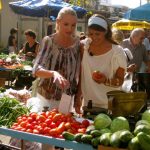“The Mediterranean as It Once Was” was a hugely successful official marketing slogan which helped bring millions to the Croatian coast, but in recent years, the diversity of Croatian tourism away from the beach and the summer months is being discovered. So, when is the best time to visit Croatia?
Tourism in Croatia has changed a lot in the last ten years, and with the plethora of budget airlines peppering its coastal airports each summer (and increasingly, throughout the lengthening shoulder seasons), one of the biggest changes has been the huge increase of European (and now inter-continental) destinations servicing Croatia’s airports, of which more later.
Croatia has much to be grateful for with that famous slogan, and it helped shape the country’s tourism as a sexy, sunshine destination after the troubles of the regional conflict. Many people had no idea where Croatia was exactly (somewhere in that Yugoslav mess), but it sure looked good, and the rich offer of pristine water, endless beaches and more than a thousand islands had tourists coming in their droves.
Croatia is of course one of the best beach and sun destinations in Europe, but with so much more to offer, when is the best time to visit?
The answer depends on what kind of holiday you are looking for, but the good news is that the level of choice has increased considerably, and the country has never been more accessible, a trend which is set to continue.
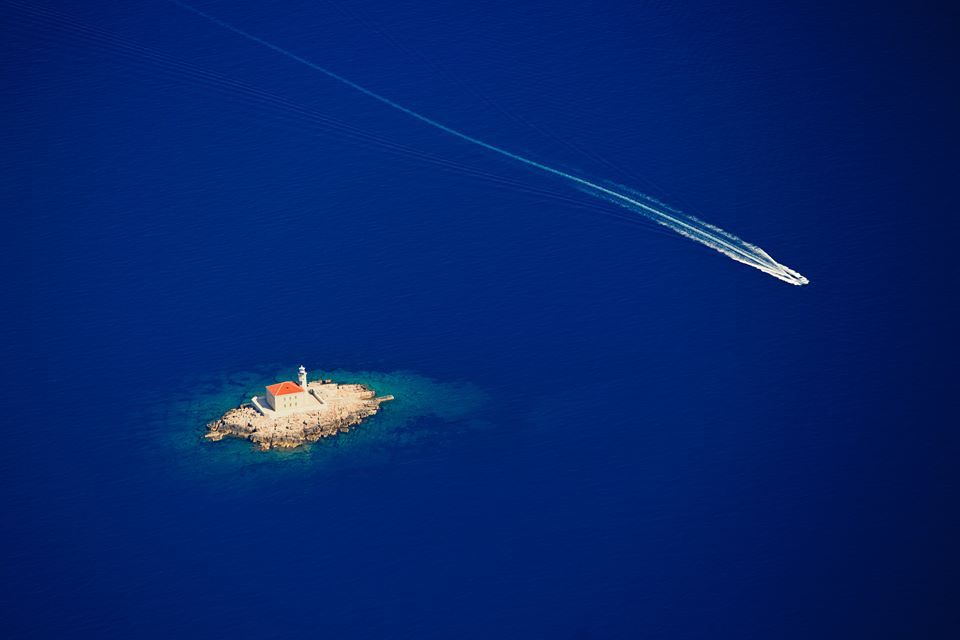
From those initial budget flights to Zadar Airport, Ryanair’s example has been followed by numerous others, with easyJet now rivalling Croatia Airlines itself for the amount of passengers it transports to and from Croatia. An oft-heard complaint is that there are very few flights out of season, but a casual observation of trends shows that this is a claim which has less validity as the years go by, as airlines mirror the needs of their passengers by gradually extending their seasonal schedules. Both Ryanair and easyJet, for example, are both flying to the coast into November this year. With the season starting earlier and earlier, many airlines are starting their operations in March, much earlier than even two years ago. Ryanair is reportedly in advanced negotiations with Dubrovnik to offer year-round flights, one more annoucement in wiating to follow several Euroean routes to the Pearl of the Adriatic throughout winter 2016/17. There are also various cheaper options from locations in nearby countries which fly throughout the year, such as Venice and Trieste in Italy, and to give an example of affordable prices in late November, I am combining some business in Sarajevo with a flight to the UK later this month with the family. While Tuzla might not have been my preferred destination during the initial planning, it is hard to argue with a price of just £30 each return. I am sure that other airports will be monitoring Dubrovnik’s lead and follow suit, and that those original summer schedules, which has now stretched into the shoulder season, will continue to stretch a little more over the next few years. It should also be pointed out that there is a huge catchment area of tourists to Croatia which are not dependent on air transfer.

Flights are one thing, but without something to offer to guests arriving, there seems little point, and this has been one of the biggest changes in my time here. I used to get seriously depressed walking through the dark alleys of Diocletian’s Palace in S[;it in December, a dead zone with nothing open in the evening (indeed, the Australian girls who opened the first hostel there used to take their guests to a bar near the bus station for a night out – only 12 years ago). These days, Split’s hoteliers and restaurateurs hardly have any time to catch their breath from the seemingly never ending summer season, before the start one of the best innovations in the city in recent years, Advent in Split, an event which is growing year on year, and which has breathed life not only into the city’s late season tourism, but also as a social focal point for locals. This year’s Advent in Split will go for an impressive 56 days in all, a delightful time to visit the Dalmatian capital and see its festive riva and Diocletian’s Palace truly full of life. Here is an overview of Advent in Split 2015.
Winter in Croatia – an excellent time to visit, and while Split (and several other cities around the country) are all slowly growing their advent offer, nowhere has attracted as much international attention as the capital, with Advent in Zagreb being voted the Best Christmas Market in Europe by the Best European Destinations website. It was the latest success for Croatia’s capital, whose tourism has been living in the shadow of its sunnier coastal neighbours for decades, but no longer. There has been an explosion of tourism in the capital, with the succes of Advent in Zagreb now ensuring that this has become Croatia’s first 12-month destination. The rise of Zagreb has certainly been helped by a surge in interest from Asia – Japan, China and mainly South Korea – as well as the first inter-continental connections, with Qatar Airways providing year-round connections to the world via Doha 12 times a week, and the first North American direct connection from North America also established with a summer direct flight from Toronto.
Temperature is obviously a key factor for many in determining when to visit Croatia. For the sun seekers who like it hot, a useful official website monitors the sea temperature every fortnight for the previous year, allowing you to plan your summer bathing, and it goes without saying the summer months attract the hottest temperatures (up to the mid-30s) and the most crowded beaches. The swimming season is generally from May until October (although some hardy souls insist on a swim every day of the year – brrr!), and the beaches are a lot less crowded in June and September.
The cooler temperatures appeal to many tourists, and two of the nicest months to visit are May and September, where most of the flights are operating (and with cheaper prices), most facilities are open, and the locals have that priceless commodity which all but disappears in the season – time.

Croatian tourism has seen a huge boom in festival tourism in recent years, and a new generation of tourist has been discovering the magic of Croatia through music. The Garden Festival, Outlook, Ultra Europe and many more have music fans all over the world, with the majority of festivals taking place on the coast from June to early September.
The lengthening season means that more year-round attractions are available for longer each year. Game of Thrones tourism is in its ascendency, and while one might be tempted to visit Kings Landing in the middle of August (more than a million people have already walked the old walls of Dubrovnik), tours of the various GoT locations can be visited throughout the year, an experience arguably more enjoyable in cooler temperatures and with lesser crowds in the peak tourist season.
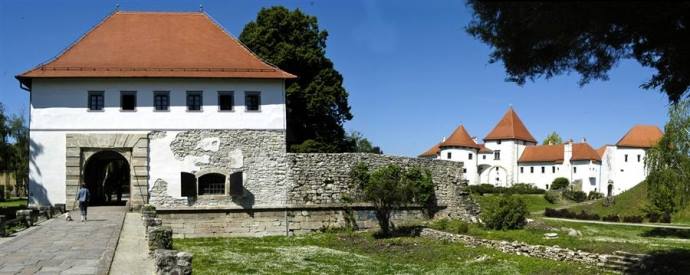
For Game of Thrones, read wine, heritage and gourmet tourism, activities which arguably operate better out of peak season, and all of which have the potential to boost Croatia’s tourism numbers throughout the season. As does another sector of tourism which has yet to realise its true potential in Croatia – adventure tourism. I was a little surprised to bumb into a British rowing gold medallist over morning coffee in Jelsa yesterday, part of a group of British athletes on a team-building weekend on Hvar in mid-November. Cycling, hiking, climbing – all activities available all year and given to cooler temperatures, while Croatia is emerging as an important sailing destination in Europe, with a rich year-round programme and improving facilities.
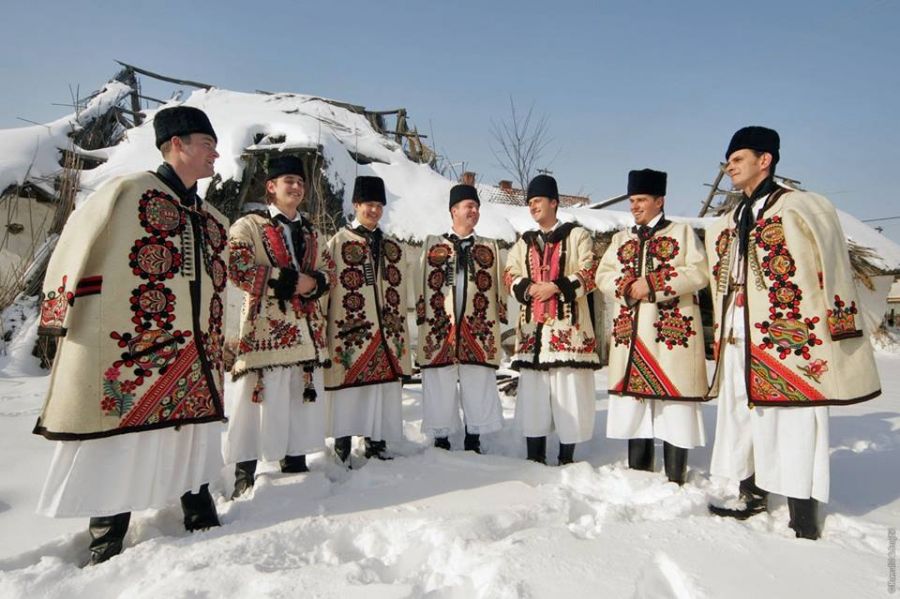
A word on continental Croatia, which is one of the country’s undiscovered tourism jewels. Rather than seasonal tourism dependent on the sunshine and beaches of the coast, the continent for years has been offering longer-season tourism, without understandably attracting the same crowds, but one only has to look around to find destinations which are full of culture and regional richness, ready to host guests 12 months a year. Cities like Varazdin, for example, just 45 minutes from Zagreb, and offering a rich cultural programme such as Spancirfest (August), Varazdin Baroque Evenings (September) and the new Flying Guitars Festival (October). A quick search of what is happening reveals a surprising variety of activities and events throughout the year. A recent TCN visit to distant Baranja in mid-October yielded the sight of a region full of tourists.
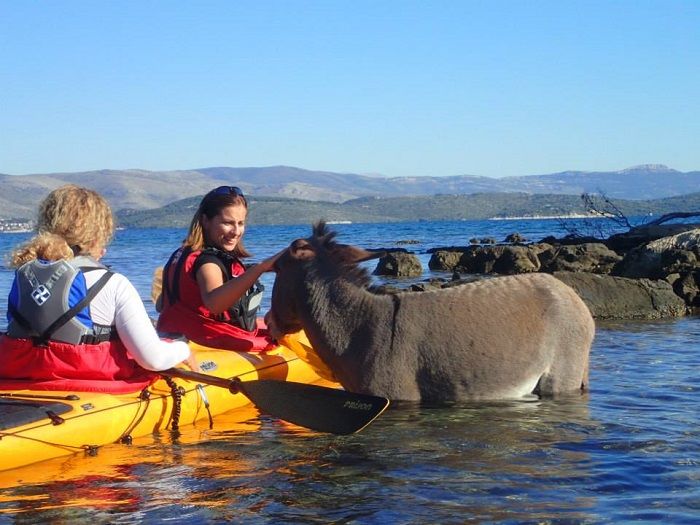
And let’s not forget nature. Plitvice Lakes may attract more than a million tourists a year, the bulk of them in the summer months, but is has four defined seasons, and it is a joy to experience whatever time of year. With some 10% of its land protected parks and reserves, Croatia offers 12-month natural beauty according to your seasonal preference.
My favourite time to be in Croatia? Without a doubt, Easter in Jelsa, a magical time where the UNESCO Za Krizen Easter Procession is the highlight of a weekend where the island wakes up from its winter hibernation, bringing extended families together for this important religious weekend, truly a time of joy and inspiration.
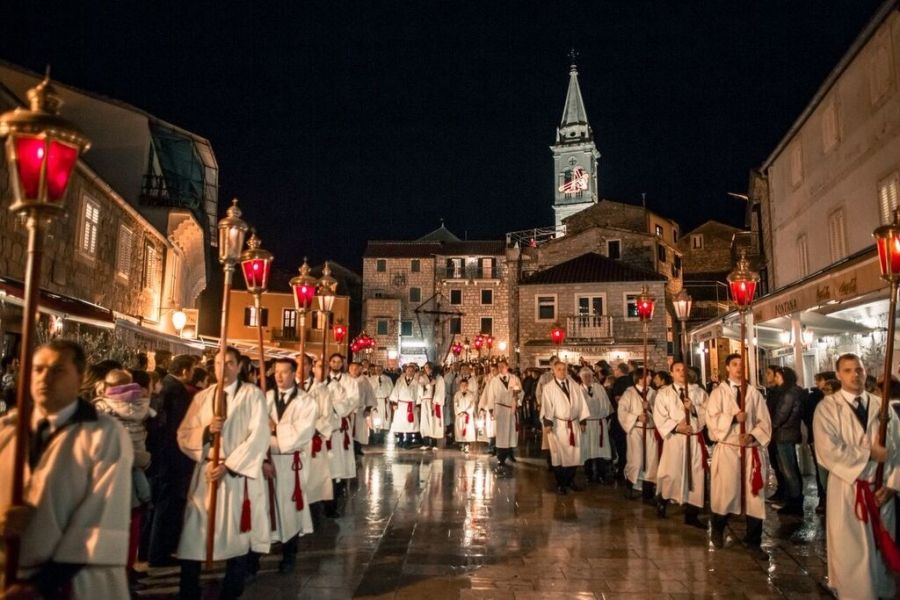
A personal choice. And that is the answer to when is the best time to visit Croatia. It is a destination which has almost everything, and is bursting with potential to offer even more, 12 months a year. When to visit? That depends on you and which part of the Croatian magic you want to experience.
https://www.youtube.com/watch?v=Zj5H5Lx7JSU

